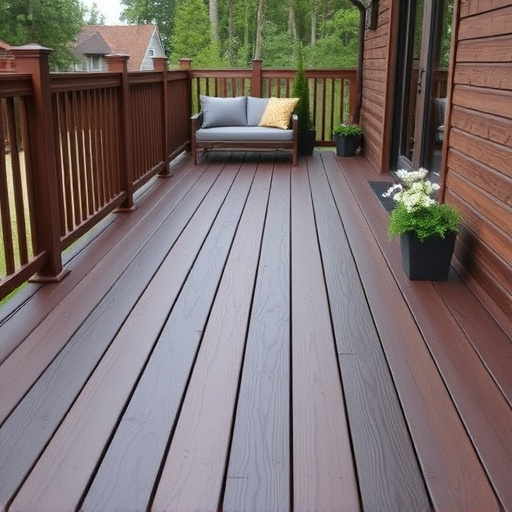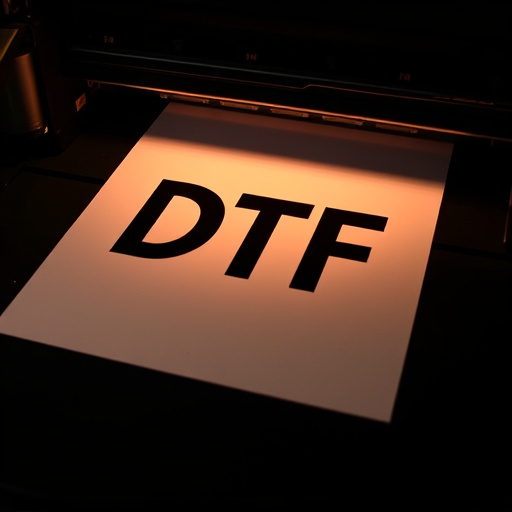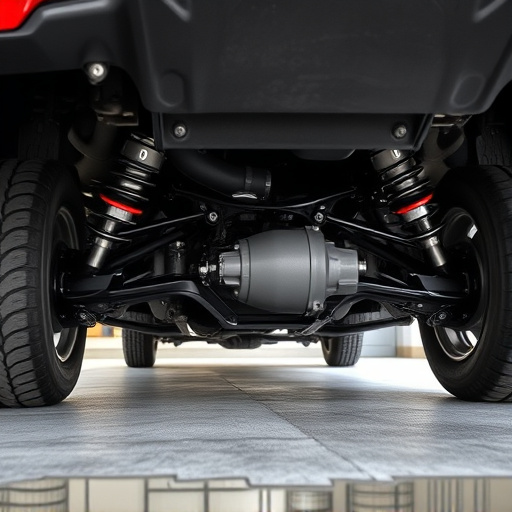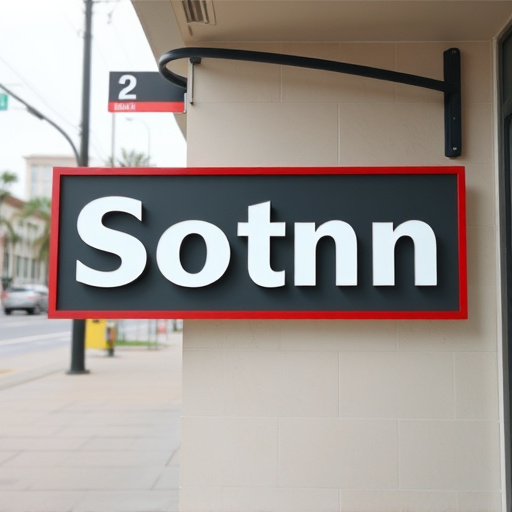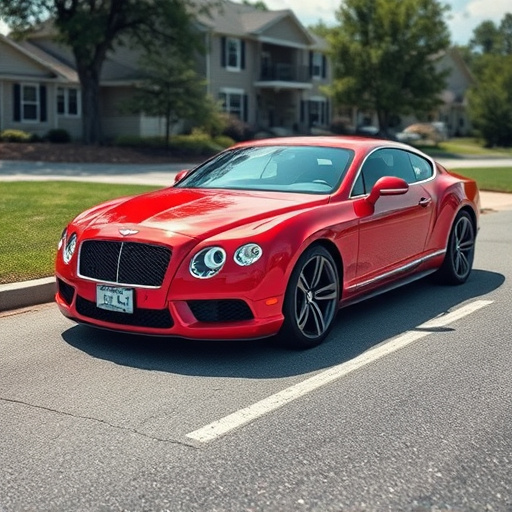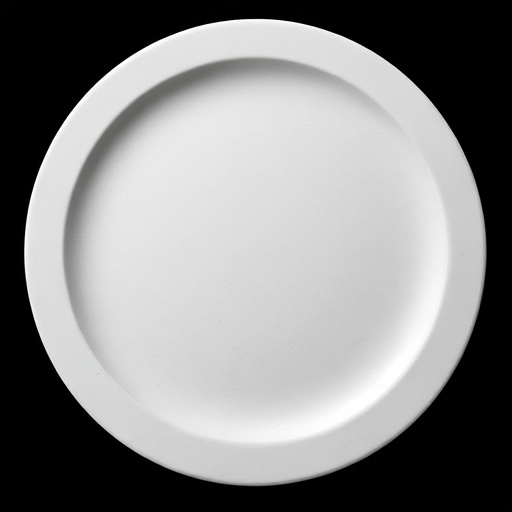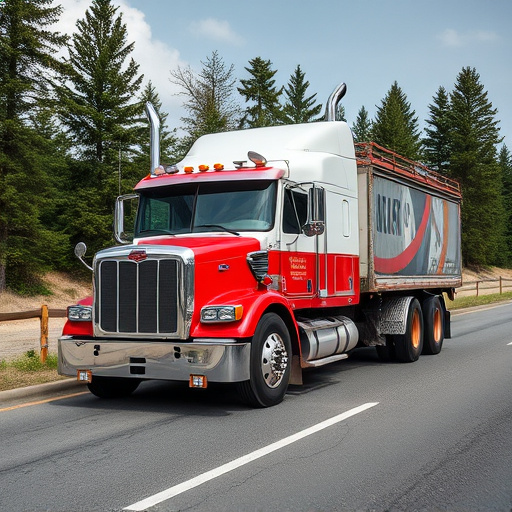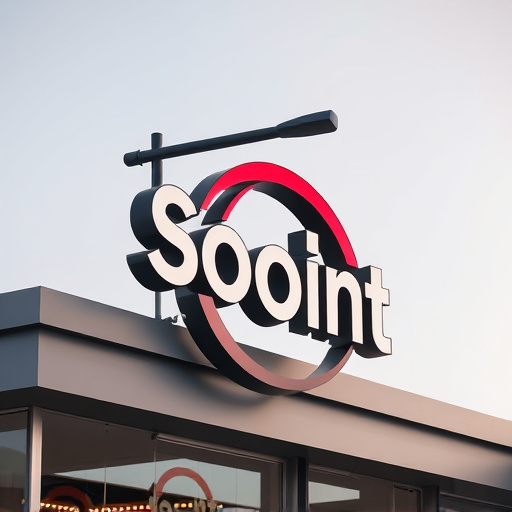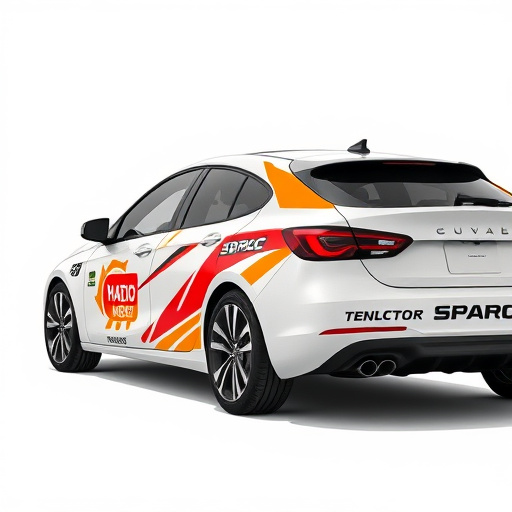Swirl mark removal and scratch repair techniques restore vehicle paintwork. Swirl marks, caused by washing or debris, are addressed using specialized compounds and polishes for a smoother finish. Deeper scratches require filling and polishing. Professional PPF installation offers added protection. Choice depends on damage severity, with swirl mark removal offering comprehensive solutions for improved overall appearance.
Swirl marks, those unsightly scratches on your car’s paint, can be a driver’s dilemma. This article demystifies swirl mark removal vs. scratch repair, offering insights into effective restoration methods. First, we’ll break down swirl mark removal—a process that smooths out microscopic imperfections in the paint. Then, we’ll explore various scratch repair techniques, helping you choose the best approach for your needs. By understanding these differences, you can restore your vehicle’s gloss and protect its value.
- Understanding Swirl Mark Removal
- Scratch Repair Techniques Explained
- Comparing Effective Restoration Methods
Understanding Swirl Mark Removal

Swirl mark removal is a process designed to restore a vehicle’s paintwork to its original condition by eliminating minor scratches and swirls. These imperfections can arise from various sources, such as car washing, road debris, or even improper polishing. Understanding swirl marks is crucial for effective removal, as they typically appear as circular or spiral patterns on the surface of the paint.
Professional swirl mark removal often involves the use of specialized tools and compounds to buff away these imperfections. It’s a meticulous process that requires skill and experience to achieve optimal results. A well-executed swirl mark removal job can significantly enhance the vehicle’s appearance, revealing a smoother, more even finish. This, in turn, contributes to better light reflection, giving the car a more vibrant and glossy look, and ultimately, increasing its overall protection through a professional ppf installation or ceramic coating application.
Scratch Repair Techniques Explained

Scratch repair techniques involve restoring damaged paint surfaces to their original condition. The process begins with careful inspection to determine the severity and type of scratch. Minor scratches can often be treated using specialized compounds and polishes that fill in the affected area, improving the overall appearance of the paintwork. This method, also known as swirl mark removal, is a popular choice for those seeking a quick and cost-effective solution.
For deeper or more extensive scratches, professional restoration techniques like professional PPF installation come into play. This involves applying a thin layer of protective film over the damaged area to conceal scratches and enhance scratch protection. Alternatively, some vehicle enhancement enthusiasts opt for custom paint repairs, which involve matching and mixing paints to create seamless repairs that blend perfectly with the surrounding finish, providing long-lasting results.
Comparing Effective Restoration Methods

When it comes to restoring a vehicle’s exterior, deciding between swirl mark removal and scratch repair is crucial. Swirl marks, caused by improper washing or road debris, can significantly impact a car’s appearance. Professional swirl mark removal services use advanced techniques like cutting-edge polishes and specialized tools to gently buff away these marks, leaving the paint surface smooth and flawless.
In contrast, scratch repairs focus on addressing deeper scratches that penetrate the clear coat. This involves careful application of fillers and resins to fill in the affected areas, followed by polishing for a seamless finish. While both methods are effective, swirl mark removal offers a more comprehensive solution, not just masking imperfections but also enhancing the overall gloss and depth of the paintwork. Consider the type of damage and the desired outcome – whether it’s a complete restoration or targeted scratch protection – to choose between these proven restoration methods. For added protection, many opt for professional PPF installation under a paint protection film, creating an extra layer of defense against swirls and scratches alike.
When it comes to restoring vehicle paint, understanding the differences between swirl mark removal and scratch repair is key. Swirl marks, caused by improper washing or microscopic imperfections in the paint, can be effectively removed using specialized techniques like compound polishing. Scratch repairs, on the other hand, involve filling and smoothing out defects in the paint’s surface. Both methods offer unique benefits, with swirl mark removal providing a more thorough clean while scratch repair focuses on restoring aesthetics. Choosing the right approach depends on the extent of the damage, your budget, and desired outcomes. Effective restoration requires careful consideration and, often, professional expertise to achieve optimal results for your vehicle’s paint job.


